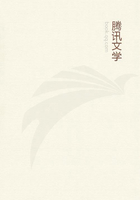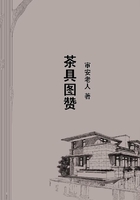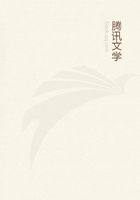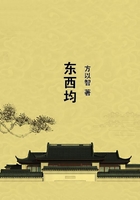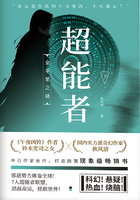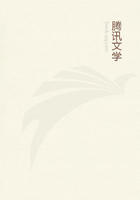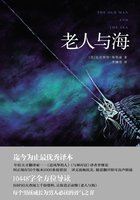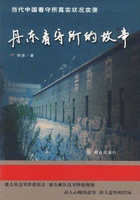Authorities--Vedas--Brahmanas--Social condition of Vedic India--Arts--Ranks--War--Vedic fetishism--Ancestor worship--Date of Rig-Veda Hymns doubtful--Obscurity of the Hymns--Difficulty of interpreting the real character of Veda--Not primitive but sacerdotal--The moral purity not innocence but refinement.
Before examining the myths of the Aryans of India, it is necessary to have a clear notion of the nature of the evidence from which we derive our knowledge of the subject. That evidence is found in a large and incongruous mass of literary documents, the heritage of the Indian people. In this mass are extremely ancient texts (the Rig-Veda, and the Atharva-Veda), expository comments of a date so much later that the original meaning of the older documents was sometimes lost (the Brahmanas), and poems and legendary collections of a period later still, a period when the whole character of religious thought had sensibly altered. In this literature there is indeed a certain continuity; the names of several gods of the earliest time are preserved in the legends of the latest. But the influences of many centuries of change, of contending philosophies, of periods of national growth and advance, and of national decadence and decay, have been at work on the mythology of India.
Here we have myths that were perhaps originally popular tales, and are probably old; here again, we have later legends that certainly were conceived in the narrow minds of a pedantic and ceremonious priesthood. It is not possible, of course, to analyse in this place all the myths of all the periods; we must be content to point out some which seem to be typical examples of the working of the human intellect in its earlier or its later childhood, in its distant hours of barbaric beginnings, or in the senility of its sacerdotage.
The documents which contain Indian mythology may be divided, broadly speaking, into four classes. First, and most ancient in date of composition, are the collections of hymns known as the Vedas. Next, and (as far as date of collection goes) far less ancient, are the expository texts called the Brahmanas. Later still, come other manuals of devotion and of sacred learning, called Sutras and Upanishads; and last are the epic poems (Itihasas), and the books of legends called Puranas. We are chiefly concerned here with the Vedas and Brahmanas. A gulf of time, a period of social and literary change, separates the Brahmanas from the Vedas. But the epics and Puranas differ perhaps even still more from the Brahmanas, on account of vast religious changes which brought new gods into the Indian Olympus, or elevated to the highest place old gods formerly of low degree. From the composition of the first Vedic hymn to the compilation of the latest Purana, religious and mythopoeic fancy was never at rest.
Various motives induced various poets to assign, on various occasions the highest powers to this or the other god. The most antique legends were probably omitted or softened by some early Vedic bard (Rishi) of noble genius, or again impure myths were brought from the obscurity of oral circulation and foisted into literature by some poet less divinely inspired. Old deities were half-forgotten, and forgotten deities were resuscitated. Sages shook off superstitious bonds, priests forged new fetters on ancient patterns for themselves and their flocks. Philosophy explained away the more degrading myths; myths as degrading were suggested to dark and servile hearts by unscientific etymologies.
Over the whole mass of ancient mythology the new mythology of a debased Brahmanic ritualism grew like some luxurious and baneful parasite. It is enough for our purpose if we can show that even in the purest and most antique mythology of India the element of traditional savagery survived and played its part, and that the irrational legends of the Vedas and Brahmanas can often be explained as relics of savage philosophy or faith, or as novelties planned on the ancient savage model, whether borrowed or native to the race.

